Doctor Reveals 3 Fundamentals That Will Help You Lose More Weight Than Ozempic

Ozempic and other weight loss drugs are the easiest option for rapid weight loss. However, according to one top doctor, this isn't the case. There are three things you can do without a doctor's prescription that will help you drop pounds faster than any jab. Dr. Mark Hyman, MD, is a Senior Medical Advisor at Cleveland Clinic and the co-founder of Funciton Health. In a new social media post and interview, he reveals that while he isn't anti-Ozempic, there are other things you can do that will accelerate fat loss.
It's Not Ozempic, It's the Diet
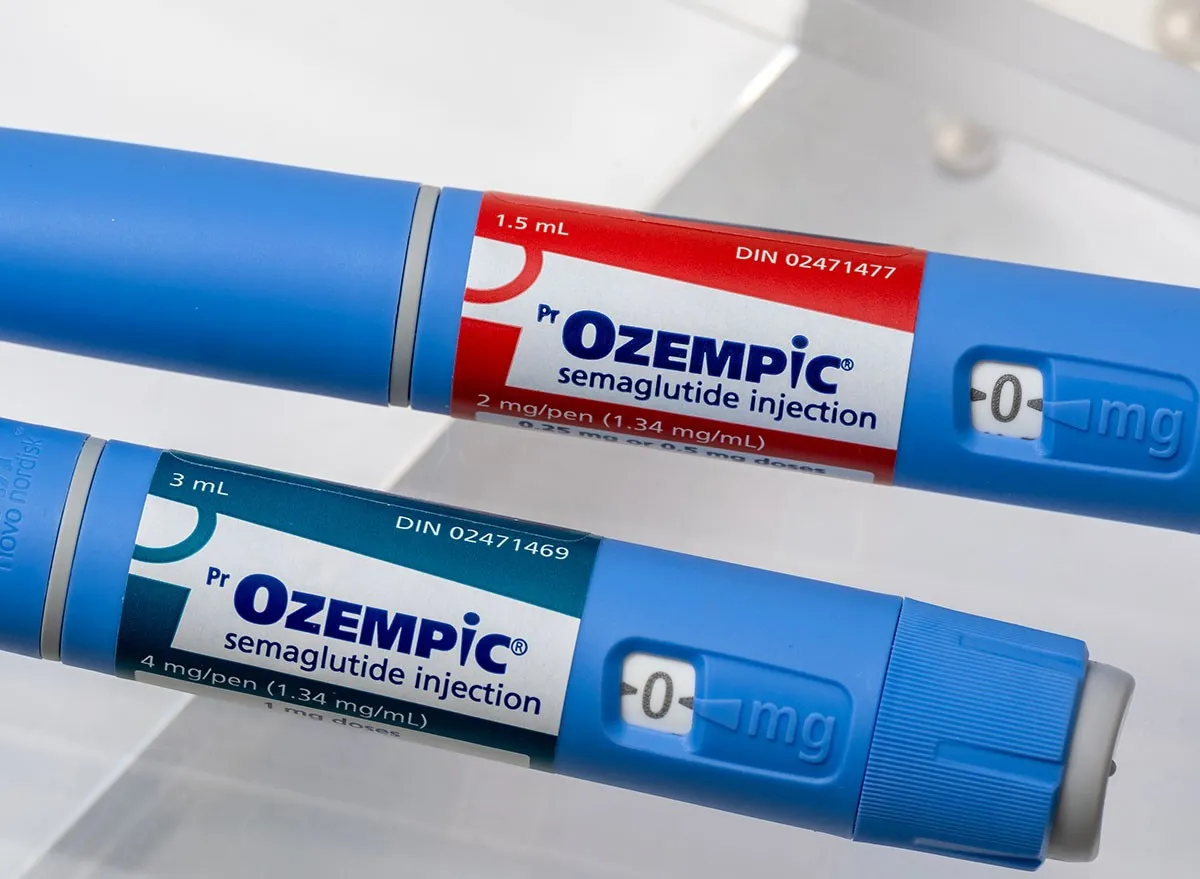
"It's not the Ozempic—it's the diet," Hyman writes in the post. "These weight loss drugs might help some people temporarily, but they don't address the root causes of weight gain and metabolic dysfunction."
RELATED: 20 Things You Need to Know About Ozempic and Weight Loss
If You Lose Weight Soley Because of Ozempic, You Are Likely Losing Muscle
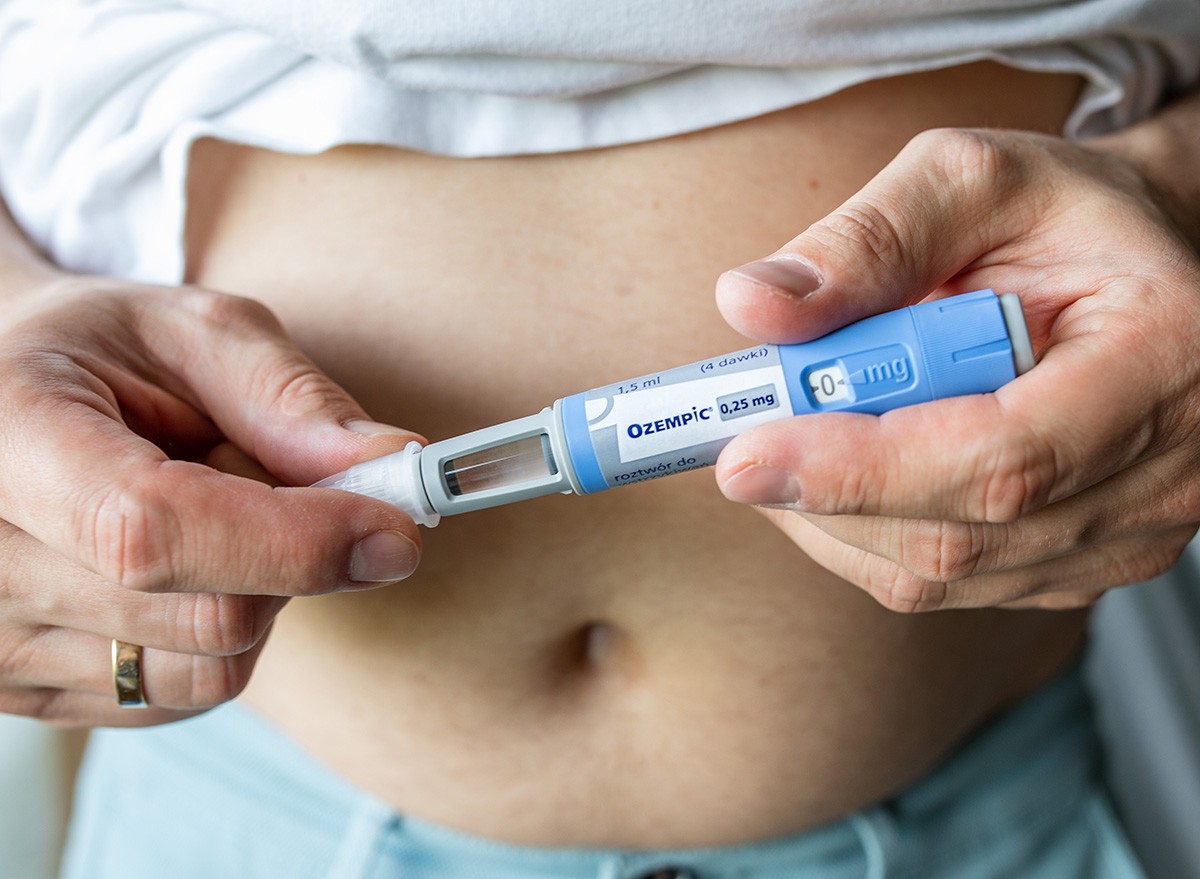
"If you lose weight without prioritizing diet, protein, and strength training, you're likely losing muscle—your body's metabolic engine," he continues. "This slows down your metabolism, making it even harder to maintain a healthy weight long term."
His Client Only Lost 2 Pounds in 6 Months on Ozempic
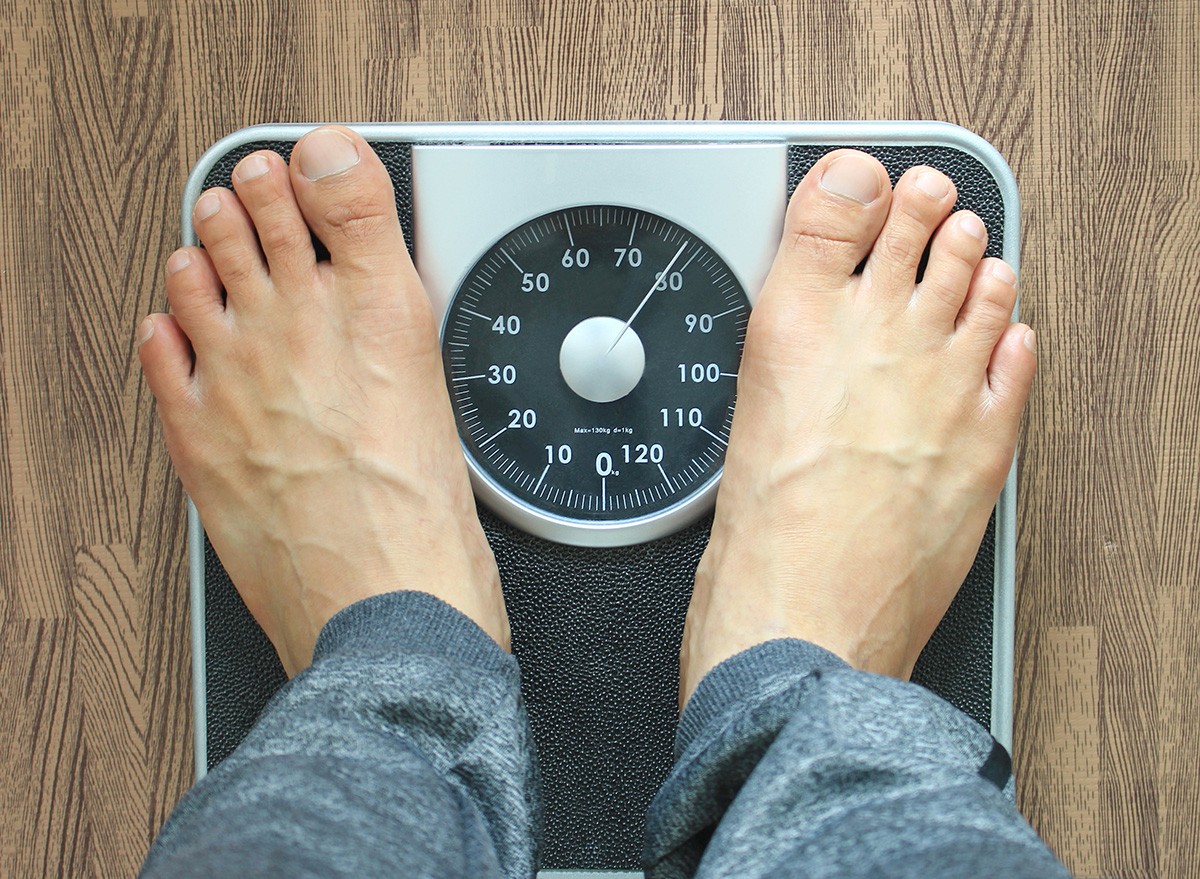
"I had a patient lose 2 pounds on Ozempic," he writes, adding in the video that it took him a whopping 6 months to do so. "It didn't really make him feel great. It had all these side effects," he added.
RELATED: 20 Possible Ozempic Side Effects
He Ended Up Losing 60 Pound by Doing Three Things
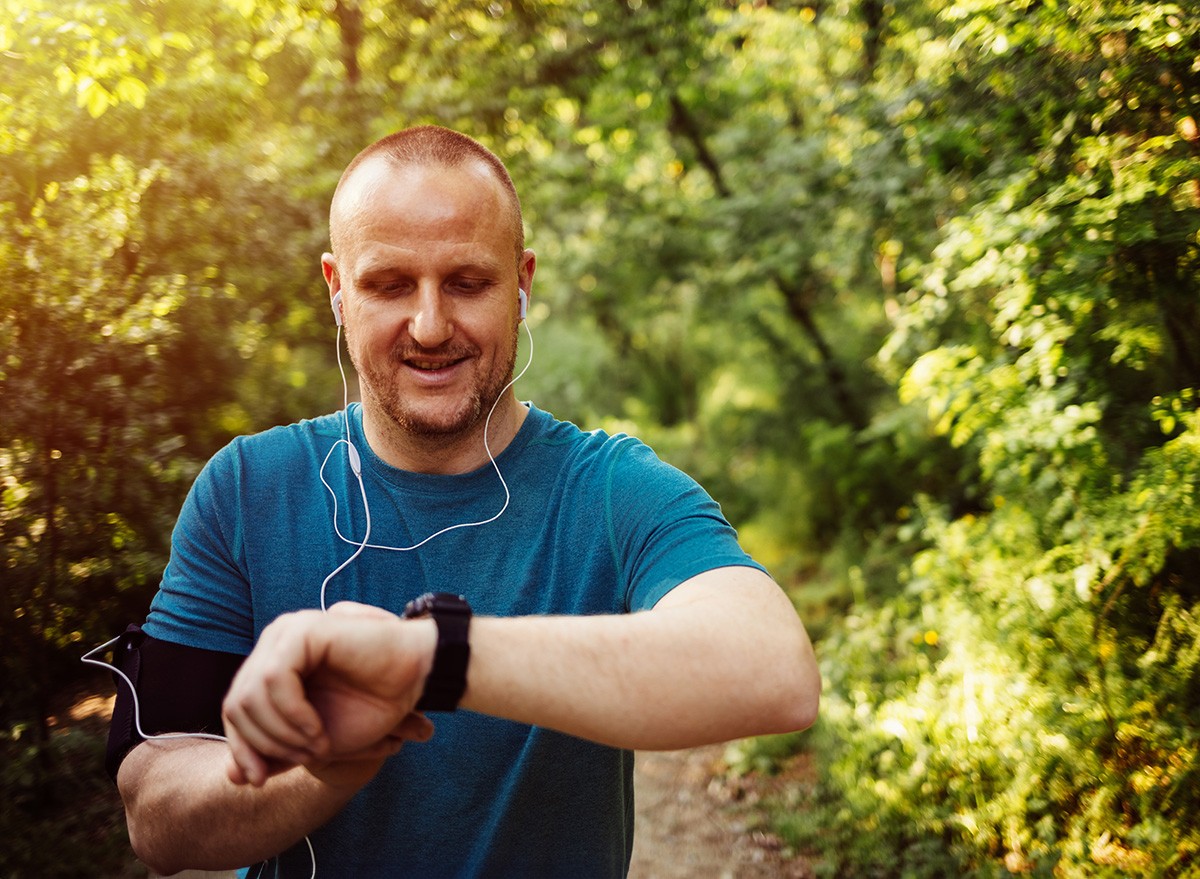
"He switched over to what I told him to do. He lost 60 pounds and he's reversed his diabetes and he's on his way back to full, full health," he says in the clip. This involved focusing on food, protein, and exercise. In addition he "reversed his diabetes and reclaimed his health," says Hyman.
Fundamental 1: Eat One Gram of Protein Per Pound of Bodyweight
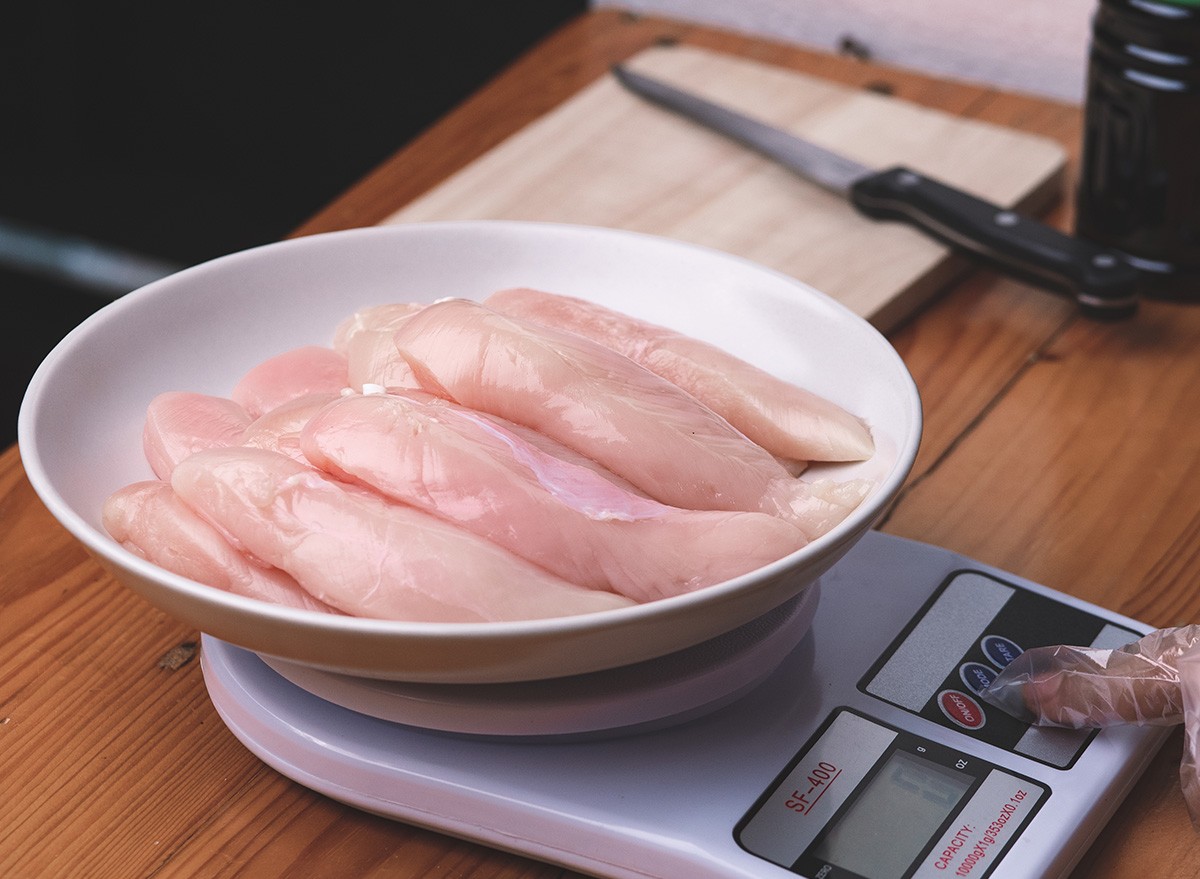
"Before we rush to prescriptions, let's start with the fundamentals," says Hyman. Number one? "Eat a gram of protein per pound of ideal body weight," he says. "I think it's, personally malpractice to prescribe one of these drugs unless that person has diet counseling and understands they need to eat a gram of protein per pound of ideal body weight and they're taught how to do it right and that they do it," he says.
Fundamental 2: Strength Train at Least Three Times a Week
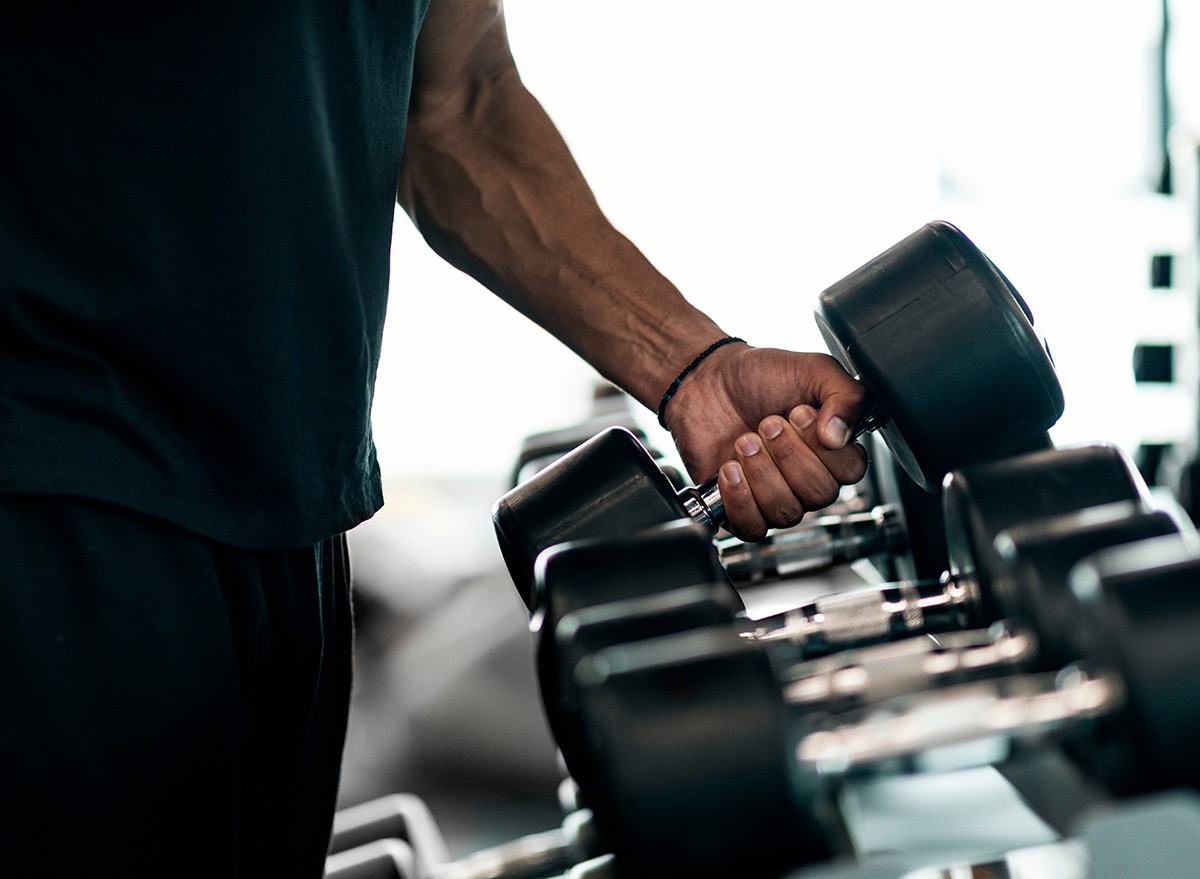
Next? "Commit to strength training at least 3 times a week," he writes. "If you don't, what happens is this, you lose the weight, but up to half of the weight is muscle. Now muscle is your metabolic engine. It burns seven times the calories of fat, and when you lose muscle, your metabolism slows down. So then what happens? Then you stop the drug because it's side effects or you can't afford it forever. And then what happens? You gain back the weight," he says, adding that will gain it back "all as fat, which means your metabolism is gonna be slower, even at the same weight that you were when you started, which means you need to eat less in order to just stay at that weight. You'll gain more weight even."
Fundamental 3: Prioritize Whole Foods
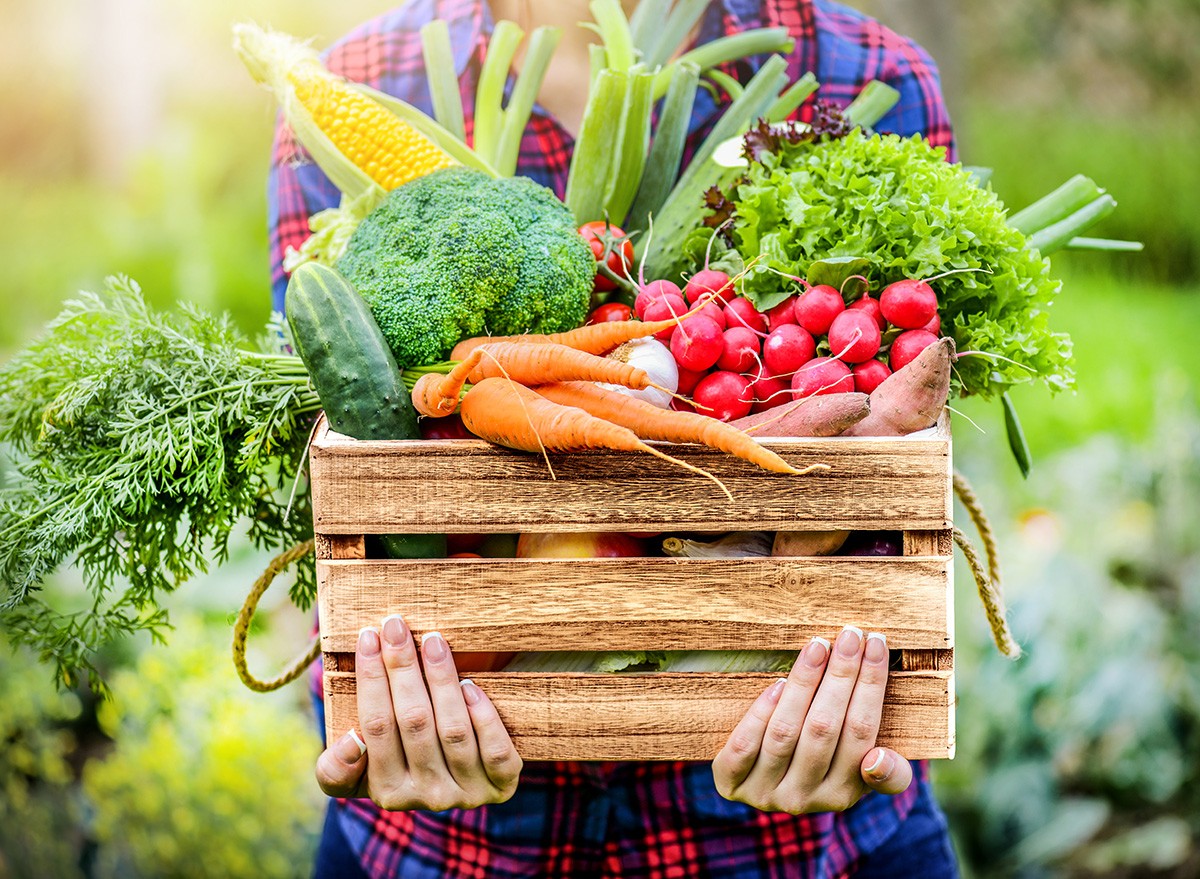
And the third fundamental has to do with diet. He recommends staying away from processed foods. "Prioritize real, whole foods," he writes.
RELATED: What Happens to Your Body When You Stop Taking Ozempic
He's Not Opposed to Weight Loss Drugs
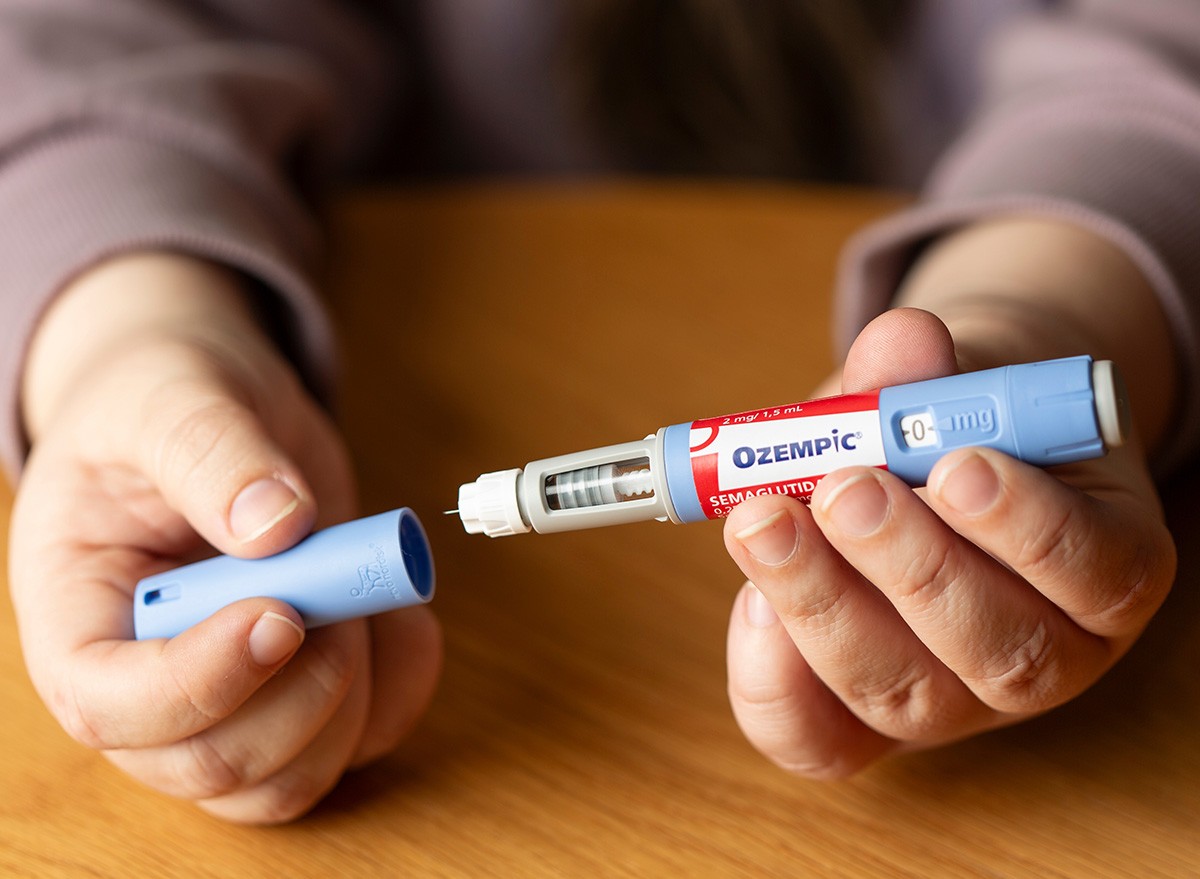
"I'm not opposed to these drugs. What I'm opposed to is the widespread use of them, and the lack of research on other interventions that work better," Hyman concludes. And if you enjoyed this article, don't miss 20 Incredible Ozempic Success Stories of All Time.




